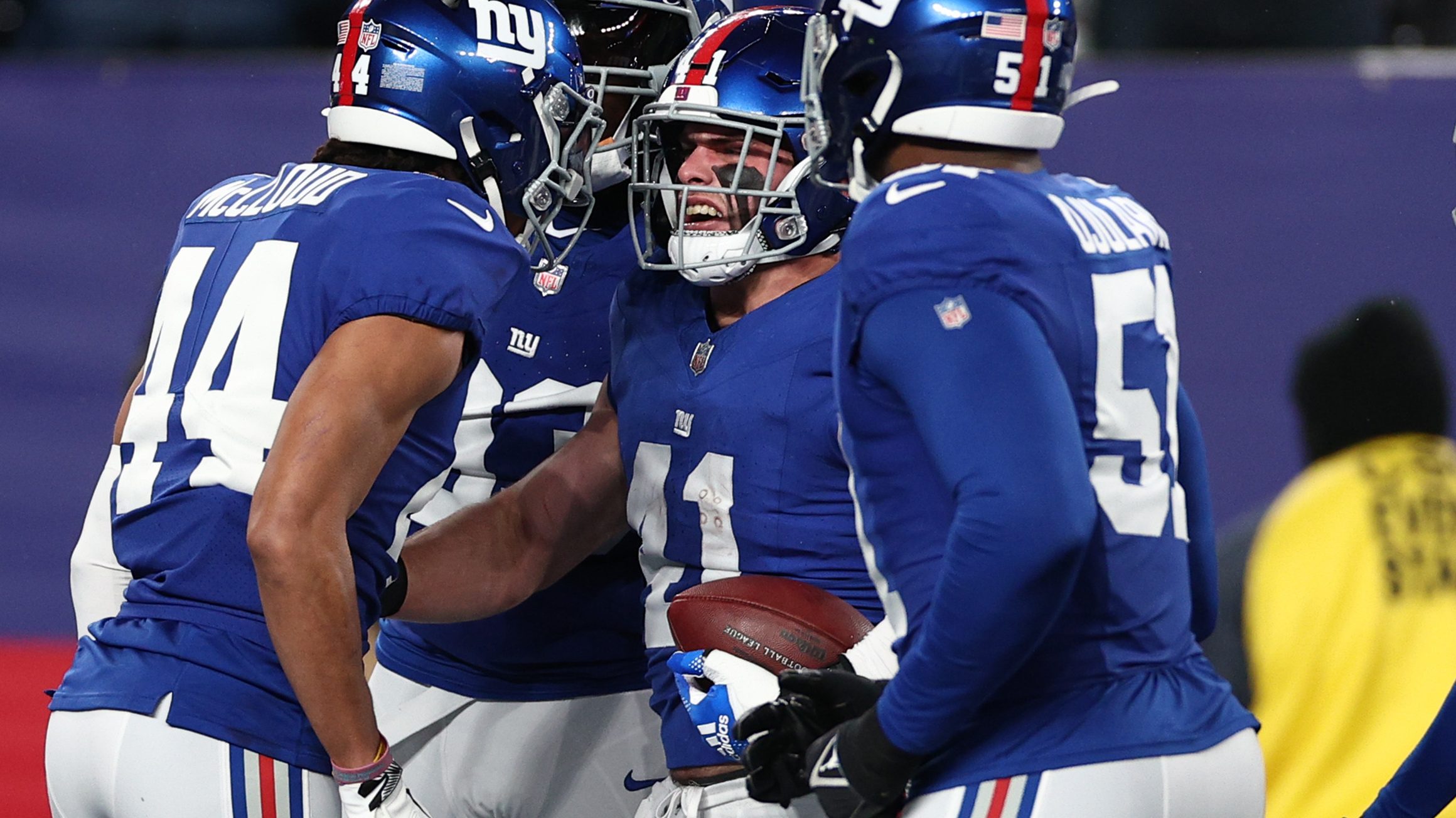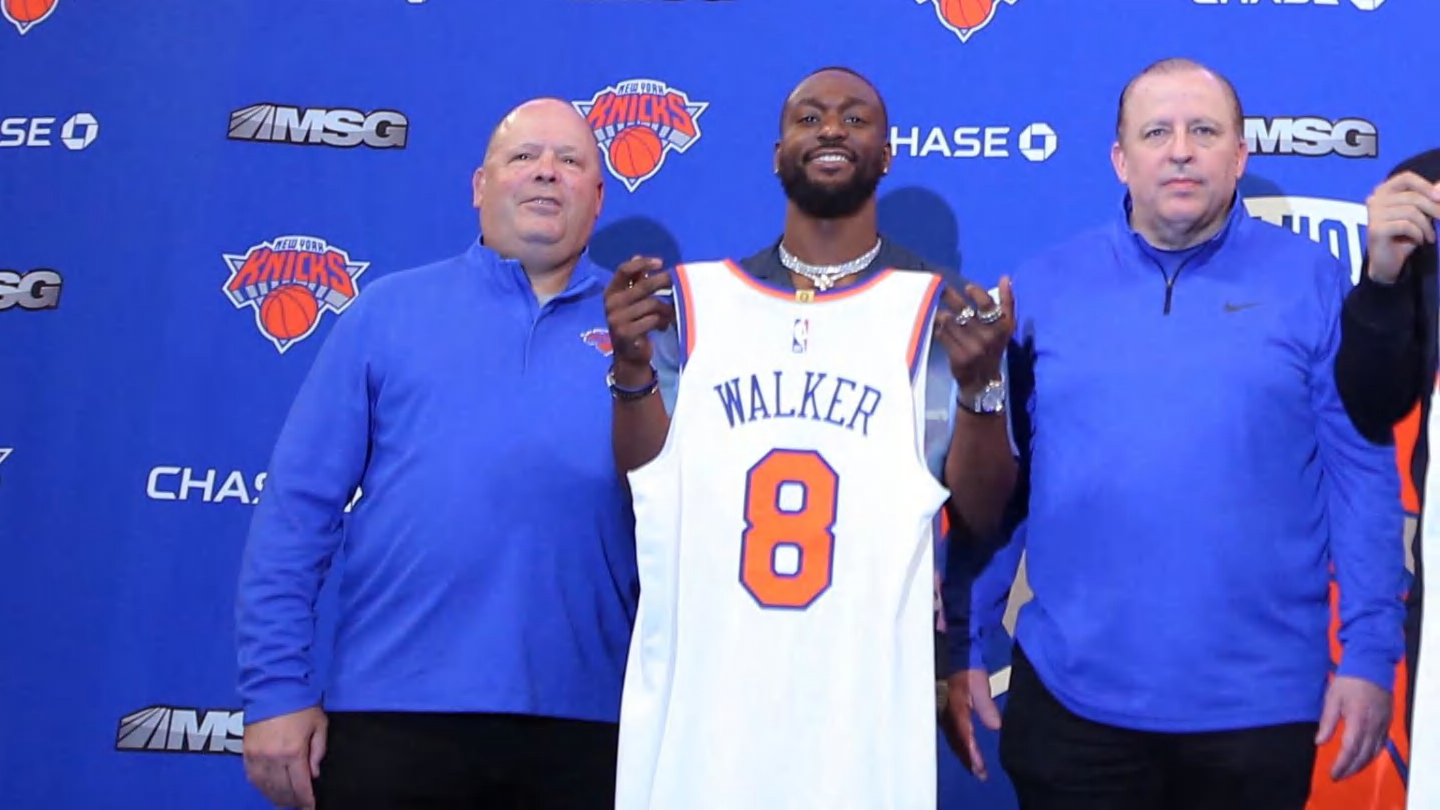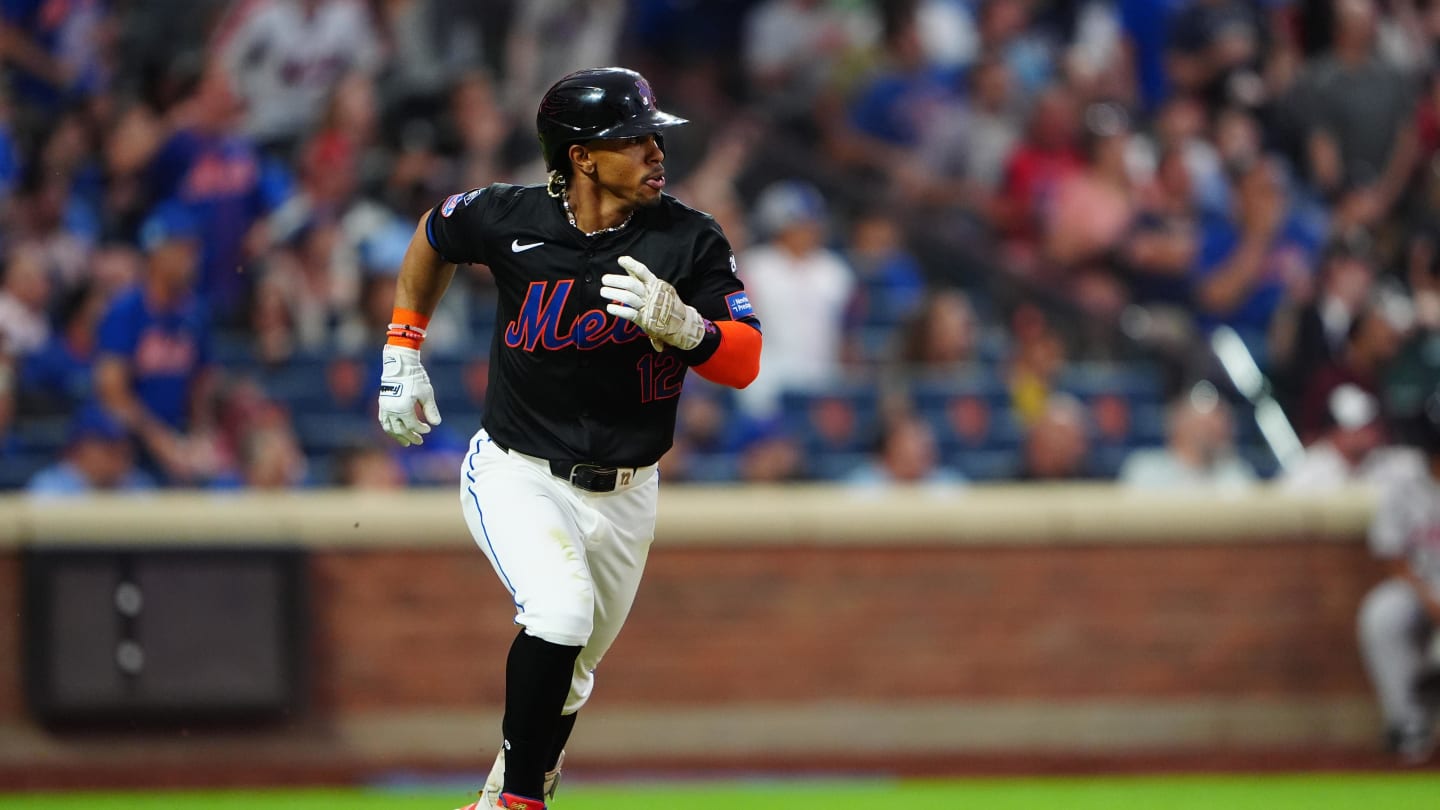Basketball
Here are 10 players the Knicks could sign with the midlevel exception

Even after a successful season, which included 50 wins and a second-round playoff appearance, the New York Knicks need upgrades.
Leading up to February’s trade deadline, they searched for a player to help with their most glaring flaw: The offense cratered when Jalen Brunson was on the bench. They never quite fixed those issues. Today, the mission continues.
The Knicks could use someone to stabilize the bench attack, but offseason drama can create other holes, too. The greatest tool the team has at its whim, the one it could use to address any of these most pressing problems, is the midlevel exception, which it can use to sign a free agent or trade for a contracted player.
If Isaiah Hartenstein leaves, the Knicks will need another center, either to play behind or start over Mitchell Robinson. They could use the midlevel exception to acquire one. If they execute another trade that loses them one too many wings, they might use the midlevel exception to rebalance the roster.
The Knicks could have access to either midlevel exception, depending on how this summer goes.
If they stay below the first apron, they would receive the non-taxpayer midlevel exception, projected to be worth $12.9 million in 2024-25 salary. If they are bound to go over the first apron or want to leave the possibility of doing so on the table, they could use the taxpayer midlevel exception, which projects to be worth $5.2 million in 2024-25 salary.
Releasing Bojan Bogdanović instead of paying his $19 million 2024-25 salary, would free up money to use the non-taxpayer midlevel exception. The same goes if Hartenstein walks. If the Knicks bring both back, along with signing OG Anunoby to an expensive, new contract, a larger payroll may stick them with the mini-midlevel.
Here are 10 players the Knicks could consider signing with their midlevel exception:
Jones is an obvious fit.
He could run the offense when Brunson is off the court. In 50 games after trading away RJ Barrett and Immanuel Quickley, two mainstays in the Knicks’ second unit, the offense was 20.3 points per 100 possessions worse while Brunson was on the bench. They need someone who can run a respectable pick-and-roll and create a decent look. Jones can do both.
He’s the league’s premier assist-to-turnover guard, could play alongside Brunson in the right lineups, is coming off his best season ever and would know what to expect from Knicks head coach Tom Thibodeau, who he played for with the Minnesota Timberwolves. But Jones also may be too expensive.
He makes more than the midlevel exception already. Meanwhile, the Wizards elected not to trade him leading into the deadline, meaning a push to re-sign him is likely. Washington doesn’t want to lose the player for nothing, can pay to keep him and isn’t trying to win today. His free agency may go similarly to Kyle Kuzma’s from last summer when Kuzma returned to D.C. on a bulky but descending contract.
A team with space and in need of a point guard, such as the Orlando Magic or San Antonio Spurs, could drive his market up, too.
Jones does not fulfill a current need, but if the Knicks make a trade that leaves them yearning for another forward, the 27-year-old could click.
He’s part of the crew most responsible for the Dallas defense’s midseason turnaround. Jones will guard wings or big men. The Chicago Bulls once deployed him as their backup center. Meanwhile, his activity around Luka Dončić and Kyrie Irving has helped make up for an inconsistent jumper.
But the Mavs might be too successful to let him walk. Dallas is in the NBA Finals for a reason. Chances are, it wouldn’t let one of its starting wings head elsewhere without putting up a fight.
As a shooter, O’Neale is a cleaner fit than Jones. He’s drained between 37 and 39 percent of his 3-pointers for six consecutive seasons and adds physicality on the wings. But like with Jones, it could be difficult to pry him away from his current team.
The Suns are above the second apron, without many of the necessary tools to improve on a disappointing season that ended in a first-round sweep. They cannot sign free agents to contracts above the minimum, cannot aggregate players together in trades, cannot negotiate sign-and-trades, cannot take in more money than they give out in trades and cannot use trade exceptions, either. If O’Neale dips for nothing, Phoenix has no way to replace him.
Its best bet is to re-sign O’Neale and maintain the ability to flip him for someone else.
The Knicks could pursue him, but if the Suns prioritize bringing O’Neale back, they are the favorites.
Monte Morris, point guard, Minnesota Timberwolves
Morris began this past season hurt and never caught a rhythm. Any team that targets him will hope for the reliable, everyday guard he turned into with the Denver Nuggets and later with the Wizards. He’s 28 and only one year removed from being the personification of consistency.
Like Jones, Morris is an assist-to-turnover savant. He’s come off the bench for successful teams, can run an offense and could even run alongside Brunson. Because he’s coming off a down season, he would not cost as much as Jones would, either.
Kyle Anderson, wing, Minnesota Timberwolves
The Timberwolves could struggle to re-sign Anderson, an important rotation player but someone who could drive their tax bill to untenable levels. Minnesota already projects to fly above the second apron, and Anderson may command an eight-figure salary.
Anderson oozes throughout the court, trudging his way to the basket or rising for 3-pointers with all the speed of a drawbridge. But his mind works quickly. He’s a heady ball mover, cutter and understands team defense. If the Knicks want a wing with size who can run a pick-and-roll and defend, Anderson could be a target.
They would most likely need the non-taxpayer midlevel to sign him. Chances are, Anderson can garner more than $5 million in starting salary.
Lowry was on the Knicks’ list after a buyout with the Charlotte Hornets last winter, according to league sources, though he eventually signed with the 76ers.
Lowry plays an aggressive style that would fit in well with New York’s defensive identity, though he can’t run an offense like he once did. He’s 38 and another season won’t make him any sprier, though he will never stop taking charges.
Hayward provided a look of his younger self when he began the season with the Hornets, though he faded as spring came when he found himself outside the Thunder’s rotation.
New York courted Hayward the last time the 34-year-old was a free agent, too. Thibodeau has always been a big fan of both.
Lowry and Hayward won’t cost anywhere near the midlevel exception, especially because they have already made most of their career earnings. Either could sign for the minimum to provide insurance off the bench.
If that’s the case, the Knicks could talk themselves into one of them.
Looney will be an option only if one of the Knicks’ most dreaded free-agent scenarios plays out. If Hartenstein walks for a larger offer, especially considering New York is capped at how much it can pay the center, then the team needs a replacement. Looney could fill the void.
He fits the Knicks’ vibe check. Looney is a rebounder first, one of the world’s most ferocious on the glass. He finished 10th in the NBA in offensive rebound rate this past season. He’s a physical presence down low and would arrive with championship experience, a member of three of the Warriors’ titles.
Looney may not hit the open market at all. He’s under contract for next season. But The Athletic’s Tim Kawakami reported Monday that Golden State could release him to save on its tax bill. Less than half of Looney’s $8 million salary is guaranteed in 2024-25. If the Warriors let him go and if the Knicks lose Hartenstein, New York’s backup plan could include Looney.
Valančiūnas made above the midlevel exception last season, but he also fits the archetype of a player who could get squeezed to $12.9 million or less in 2024-25. The Pelicans, which were trying to move him before this past winter’s deadline, could let him walk. The teams with cap space are mostly sub-.500 ones or young ones and unlikely to turn to him.
If the Knicks lose Hartenstein, maybe Valančiūnas piques their interest.
The center market is not overwhelming, one reason the Knicks have made Hartenstein’s return a priority. There aren’t many viable Plan Bs beyond Looney, Valančiūnas or Bitadze, who altered his game during his second season in Orlando.
Bitadze filled in as a starter, turning himself into more of a brute, defensive-minded presence than ever. He was the embodiment of the Magic’s personality: You don’t get to play if you don’t thrive beating up opponents. That would translate well to the Knicks.
Of course, Bitadze would represent a falloff from Hartenstein, who the Knicks can offer up to $72.5 million over four years. Bitadze would not cost the full midlevel exception or anywhere close to it. But his performance this season may warrant a contract above the minimum, and if the Knicks need a center, he could back up Robinson as well as any other free agent in his price range.
(Photo of Jalen Brunson and Tyus Jones: Stephen Gosling / NBAE via Getty Images)









